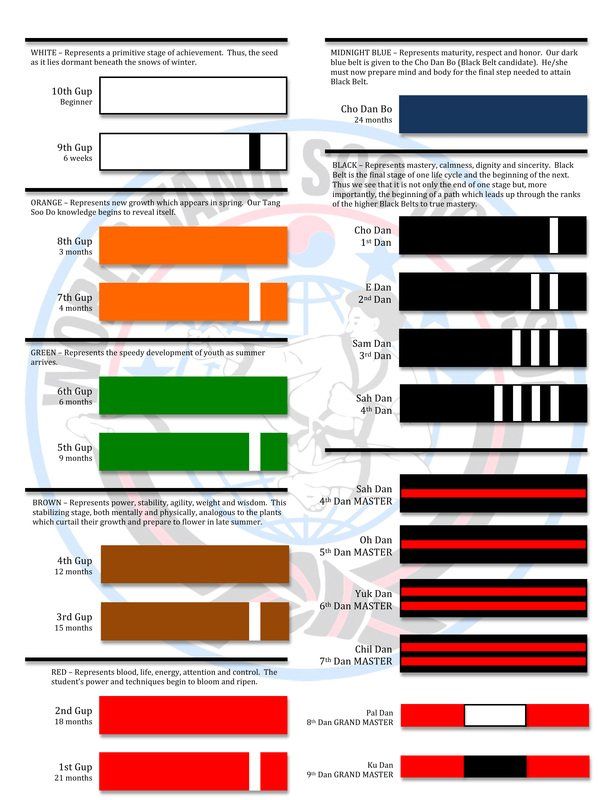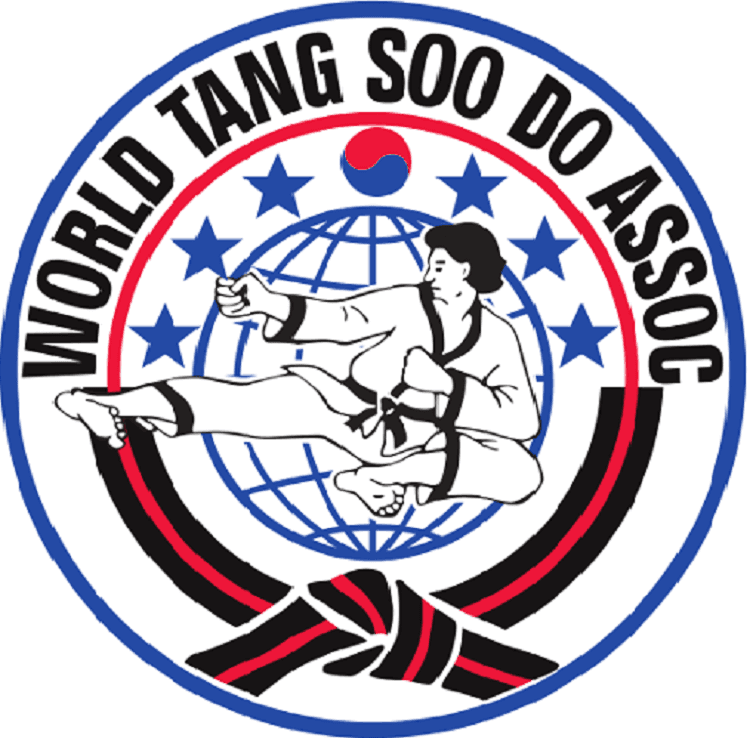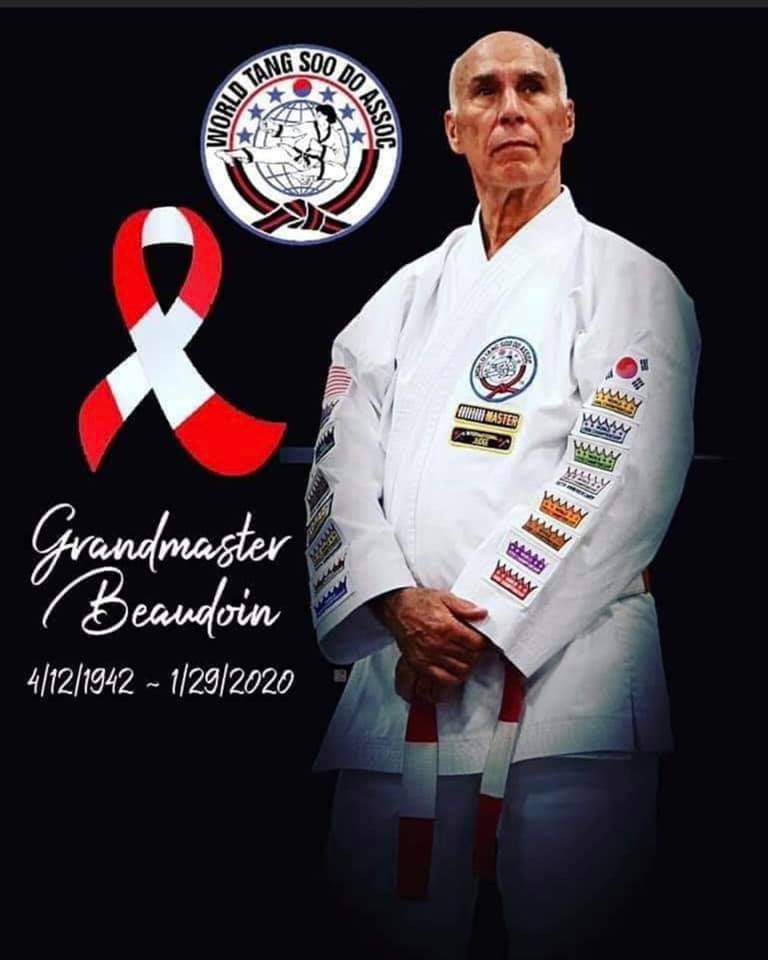What is Tang Soo Do?
What is Tang Soo Do?
Martial Arts is so much more than punching and kicking. Becoming a black belt takes commitment. To earn your black belt, you have to master the physical, mental, and spiritual aspects of the art. The World Tang Soo Do Association was founded in 1982, but Korean martial arts has a rich history of over 2000 years. While we have brought the martial arts into the 21st century, we have not forgotten our traditions and history. Learn more below about the aspects of Tang Soo Do that your you can't see from the outside. What we learn in the dojang develops leaders, better neighbors, and great friends. Our black belts are held to high standards which inspires everyone training to learn more, practice, and keep growing and improving continually.
The Purposes of Tang Soo Do Training
Self Defense: We protect our lives and possessions from an injustice or danger
Health:
We promote our physical health and enjoy strong bodies and sound minds through rigorous training
Better Person: We strive to be of better character through endurance and hard work.
Fourteen Attitude Requirements of Tang Soo Do
- Purpose of training should be enhancement of mental and physical betterment.
- Serious approach.
- All out effort.
- Maintain regular and constant practice.
- Practice basic techniques all the time.
- Regularly spaced practice sessions.
- Always listen and follow the direction of instructor or seniors.
- Do not be overly ambitious.
- Frequently inspect your own achievements.
- Always follow a routine training schedule.
- Repeatedly practice all techniques already learned.
- When you learn new techniques, learn thoroughly the theory and philosophy as well.
- When you begin to feel idle, try to overcome this.
- Cleanliness is required after training. Keep yourself and your surroundings clean.

Founder of the World Tang Soo Do Association

Grandmaster Jae Chul Shin
(Dec. 20, 1936 - July 9, 2012)
"When examining your abilities as an instructor, examine your young student's manners, attitudes, school reports and health conditions. Their improvements should mirror your own."

From the WTSDA Executive Committee:
It is with heavy heart that we bring you this message. As you know earlier this week, Kwan Chang Nim Robert E. Beaudoin suffered an acute health issue. Earlier this evening, Kwan Chang Nim Beaudoin passed away. His family was there with him up and to the last moment. Kwan Chang Nim Beaudoin’s life will be celebrated. We will provide information related to services as soon as we have it.
It is a devastating blow to all who loved and respected Kwan Chang Nim Beaudoin. Now is the time for reflection and up to each one of us who loved and respected him to remember his life of integrity and leadership, to hold fast to our unity, and to carry on his mission to spread Tang Soo Do throughout the world.
If there are any questions or communications you wish to share, please provide Kwan Chang Nim Beaudoin’s family with the time they need to make the necessary arrangements and direct all questions to WTSDA Headquarters at HQS@wtsda.com.

Tang Soo Do Belt Rank System
Students who train consistently, practice at home, and develop and maintain the proper attitude, can expect to earn a new belt or stripe every 3-4 months. Each rank has a new form, and self defense techniques which are tested before the new rank is awarded. Students who train hard and consistently will generally test for Black Belt in 3.5-4 years.
As students move from the beginner class (white-green) into the advanced class (brown-blue) they will notice a distinct shift in their training as the first weapon is introduced (the staff), techniques increase in complexity, and physical and mental training intensifies. Students are also expected to learn the application and philosophy of forms and techniques.
Students who achieve the rank of Cho Dan Bo enter a special period of training as they prepare for the Black Belt Test. This time is spent reviewing and gaining a command of all material learned from the first 10 ranks of their journey.
Once a student has passed their Cho Dan test, they enter a 6-month probation before the rank is officially awarded. Black Belts will experience a new level of training and are expected to assist in class and even teach Gup students from time to time. Martial Arts is a life-long journey. While the black belt represents mastery, these students will quickly see how much more there is to the martial arts as their education is expanded in many ways. Black belt students will train in advanced combat techniques, learn multiple applications of basic techniques, and begin training with various weapons including sword, spear, escrima, and more. This is the time in a students journey where a true passion for learning the martial arts can be fully explored as they set their sights on the Master's Belt, the ultimate goal of every martial artist.



